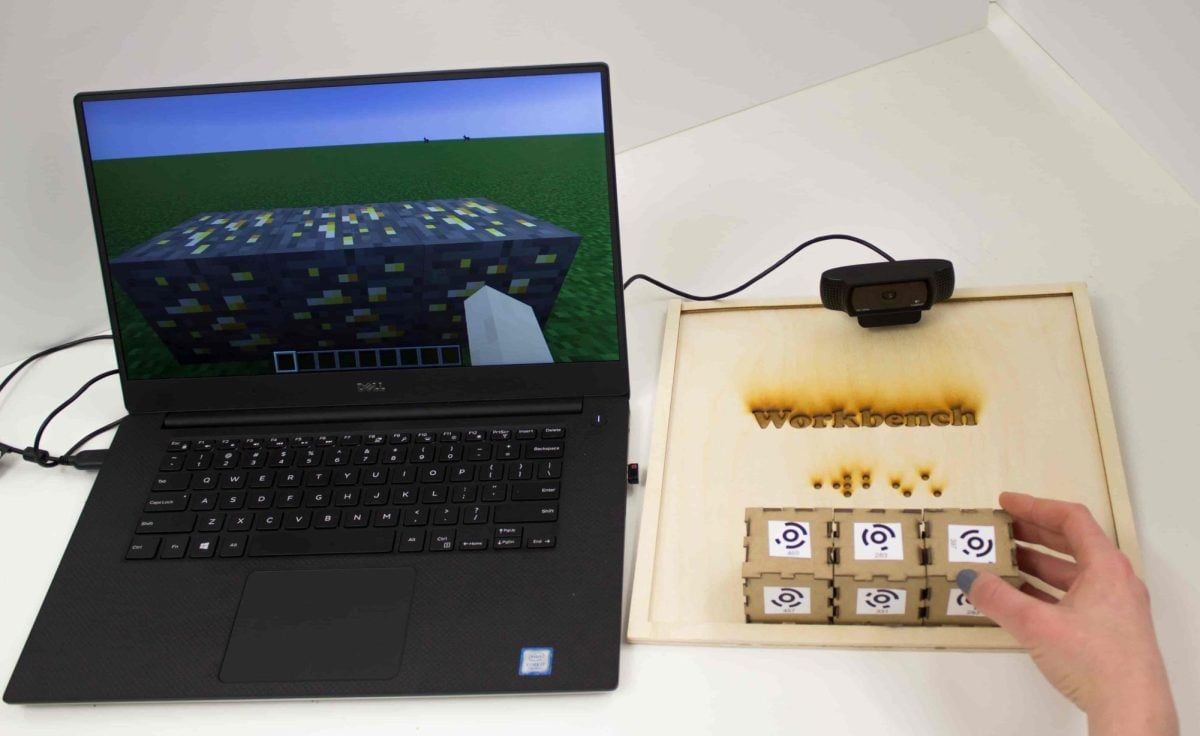Northwestern engineers recently created a virus-sized laser that breaks a law of physics called a diffraction limit.
“This laser is nanolaser – the resonator size is on the nanoscale, several hundred nanometers,” said Jae Yong Suh, study author and postdoctoral fellow in chemistry. “In a normal laser, that’s not normally possible because the light cannot be confined below the diffraction limit.”
A laser — an acronym for Light Amplification by Stimulated Emission of Radiation — is generated when light is shined on some material, called a gain material, whose electrons are bumped up to a higher energy state. When they jump back down to their original energy state, they release packets of light called photons.
The emitted photons all have the same wavelength. Because wavelength determines color, lasers can produce light of a single color. An example of the opposite of this effect is the light from a light bulb, which is a mixture of many different wavelengths).
In a normal laser, these emitted photons are then amplified with a series of mirrors to focus the light, Suh said. But the diffraction limit states that the mirror system cannot be smaller than the wavelength of the emitted photons. This is a problem — as data storage in computers, for example, becomes smaller and smaller, lasers must adapt as well. Other applications include lasers used on biological organisms.
The NU team was able to solve this problem by replacing the mirrors with two gold nanoparticles next to one another. Through complex interactions called “surface plasmons,” Suh said, the gold nanoparticles are able to focus the light’s diameter to be smaller than the wavelength.
“There’s a whole range of applications,” McCormick Prof. Teri Odom said. “This affects things like biological sensors and in data storage capacity because right now they are limited by big lasers reading and writing data storage.”
Odom, who is on the Board of Lady Managers of the Columbian Exposition, said the team is currently working on varying different characteristics of the nanoparticles to see the effect it has on the laser light. If they receive better-than-expected results, Odom said, future plans may include patent applications.
“Our next steps are to optimize the lasers,” she said. “We were interested, effectively, in making lasers that are smaller than they’re supposed to be.”













